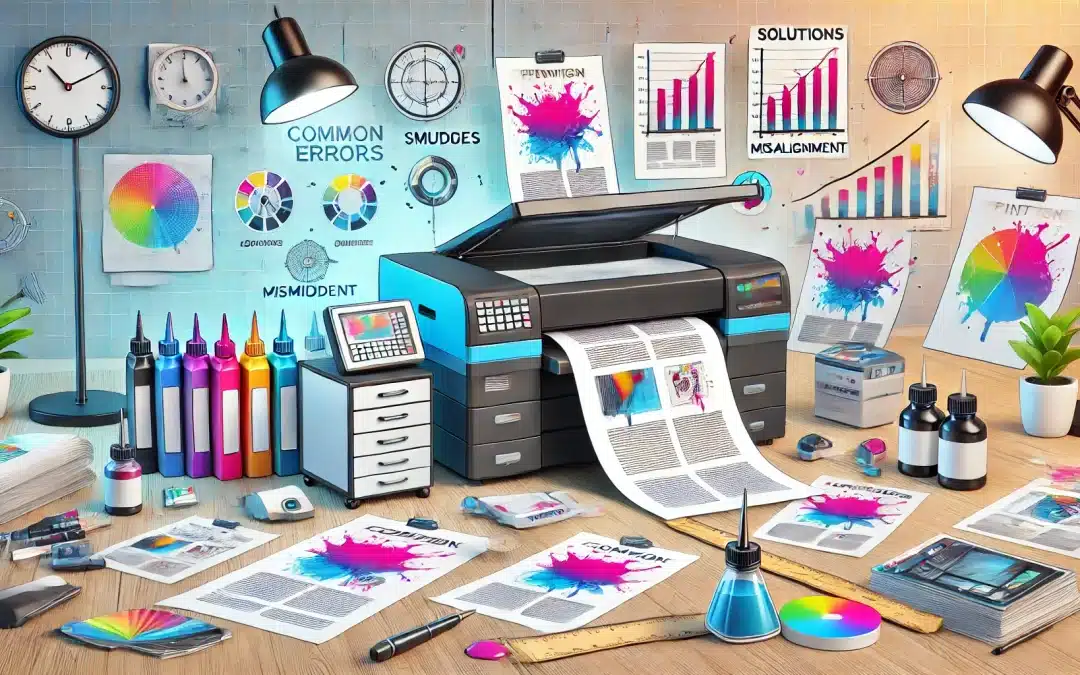High-quality printing is essential for professional, high-impact results. Yet mistakes in file preparation or parameter selection can compromise the final result, leading to delays and additional costs. This article explores the most common printing errors and gives you the keys to avoiding them.
Understanding the basics before you start
Before embarking on a printing project, it's crucial to master the technical basics:
- File resolution : To guarantee sharp, clear images, use a resolution of at least 300 DPI (dots per inch). Too low a resolution will make your visuals blurred and unprofessional.
- File formats PDF: Formats such as PDF, TIFF or AI are generally recommended, as they preserve the quality of your files. Avoid unsuitable formats, such as Word files, which may cause problems.
- Technical specifications Take the time to read your printer's specific requirements (margins, dimensions, accepted formats, etc.). This will help you avoid costly mistakes.
Common errors when preparing files
File preparation is crucial to the success of your print job. Here are some common mistakes to avoid:
- Wrong choice of colors :
One of the most common errors is to use the RGB mode (intended for screens) instead of the CMYK mode, which is specifically designed for printing. This confusion can lead to significant color shifts. - Non-compliance with cutting margins :
Crop margins and bleeds are essential to prevent important parts of your design being cut off. Be sure to add a bleed (approx. 3 mm) around your file. - Pixelated or non-vectorized text :
If your text is not converted to vectors, it may appear blurred or pixelated, especially when enlarged. Vectorization is a simple process that guarantees a clean rendering.
Problems with images and graphics
Images and graphics play an essential role in the visual impact of your prints. However, their poor preparation can lead to problems:
- Low-resolution images An image with a resolution of less than 300 DPI will give a blurred, amateurish result. Always check resolution before printing.
- Use of non-rights-free images To avoid legal complications, please ensure that all images used are either royalty-free or purchased legally.
- Graphics overload Adding too many elements to a page can hamper readability and distract attention from the main message. Choose a clean, well-organized design.

